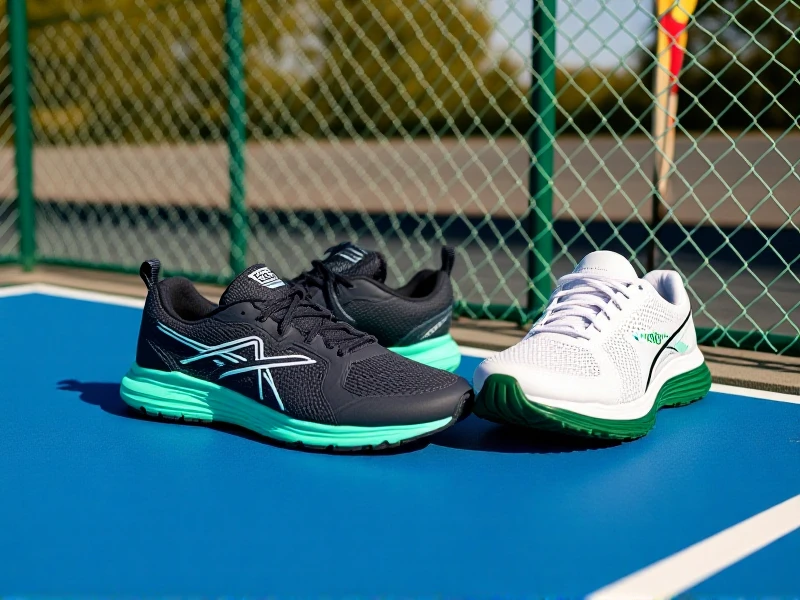Running Shoes 101: How to Make the Smart Choice for Your Run

Finding the right pair of running shoes isn't just about the coolest colors or the biggest sale sticker. It's about comfort, support, and injury prevention – the foundation of a great running experience, whether you're hitting the pavement for your first mile or aiming for a new marathon PB. With so many options crowding the shelves, knowing what to look for makes all the difference.
Why Fit Reigns Supreme
Forget breaking in uncomfortable trainers; properly fitting running shoes should feel supportive and comfortable immediately. Your foot shouldn't slide forward on downhill sections or rub against the sides, especially during longer distances. Aim for about a thumbnail's width of space between your longest toe and the end of the shoe. Width matters significantly too – a shoe too narrow causes blisters, while one too wide fails to provide necessary stability.
Cushioning: Your Personal Shock Absorber
This is where running shoes vary dramatically. Do you prefer a soft, plush ride that absorbs maximum impact (think HOKA or Brooks Glycerin) or a firmer, more responsive feel that returns energy (like Saucony Kinvara)? The choice depends on your preference, running style, and terrain. Cruising asphalt? Ample cushioning protects joints. Tackling trails? Look for specialized off-road traction and protection. Planning speedy track sessions? Lightweight, responsive models feel energizing.
Support Matters: Understanding Your Gait
Not everyone's feet strike the ground the same way. Some runners overpronate (their foot rolls inward excessively), others underpronate or supinate (their foot rolls outward). Knowing your natural gait can guide you towards the right level of support:
- Neutral Running Shoes: Ideal for runners with efficient biomechanics and minimal inward/outward roll. These focus on flexibility and cushioning without corrective elements (Nike Pegasus, New Balance Fresh Foam).
- Stability Shoes: Offer moderate support features (like medial posts or dual-density midsoles) to gently correct overpronation (Asics GT-2000, Brooks Adrenaline GTS).
- Motion Control Shoes: Built for severe overpronators with maximum support features to control excessive motion – typically heavier and more structured.
Aligning Shoes with Your Running Goals
Matching your running shoes to your primary running style is key:
- Long-Distance Runners: Prioritize maximum cushioning and comfort.
- Speedsters & Track Athletes: Opt for responsiveness and reduced weight.
- Trail Conquerors: Choose tough outsoles with aggressive lugs and protective uppers.
- Everyday Fitness Runners: Seek dependable all-rounders balancing cushion, support, and durability.
Life Beyond the Run
Consider lifestyle! Do you need just dedicated running shoes, or a versatile pair adaptable for walking, gym sessions, or errands? Dry, breathable uppers (mesh) keep feet comfortable on sweaty days.
Finding your perfect pair requires understanding your feet, knowing your running habits, and trying them on. Don't guess – get properly assessed at a reputable running store. Invest in the right running shoes, and let them fuel your passion for running mile after mile. Your feet and performance will thank you.